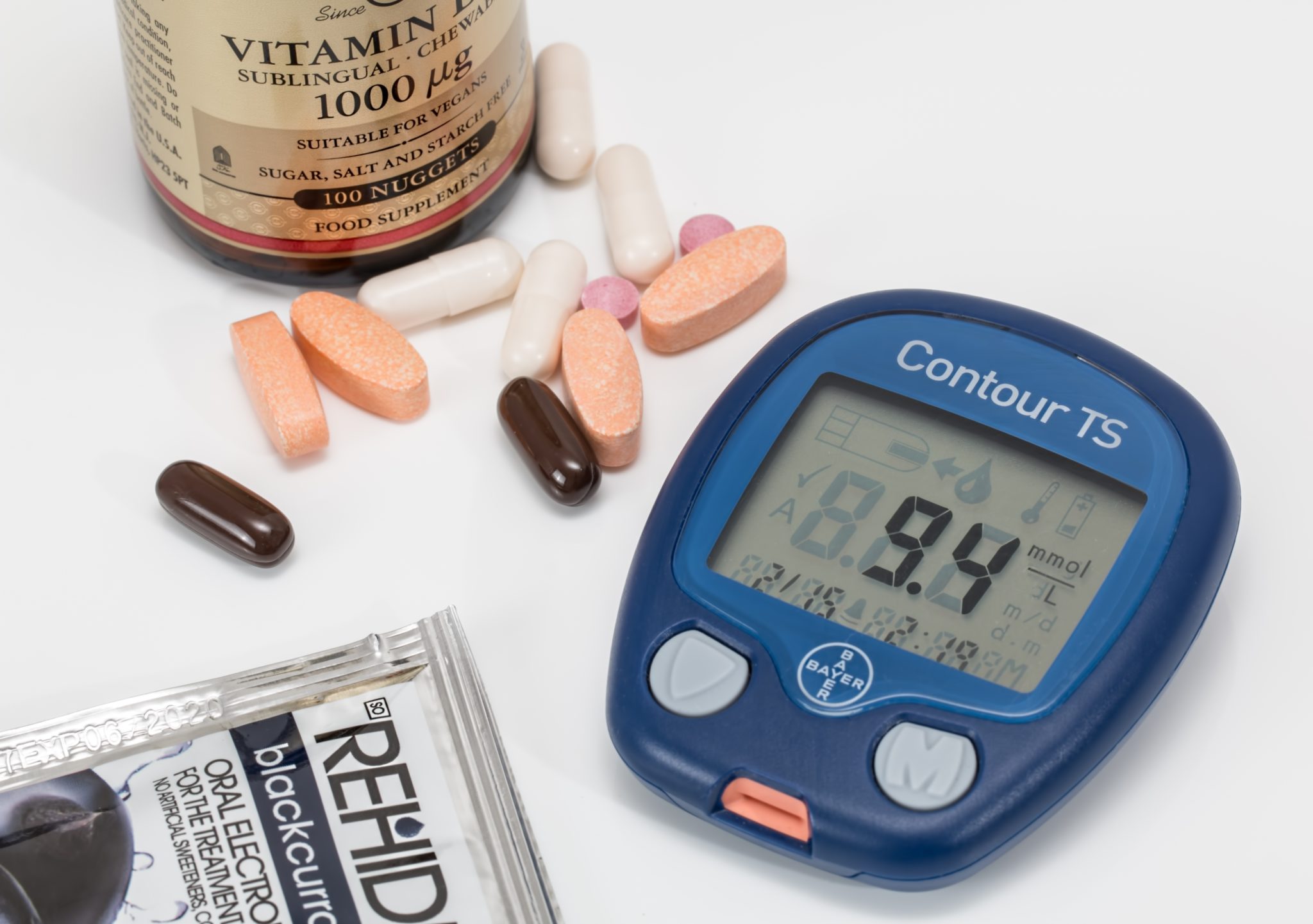Are you a mom-to-be, eager to maintain a healthy lifestyle in the next nine months to help your baby to develop healthy and strong? Maybe you are sick of hearing all those people’s opinions around you about your health and decided to look patiently for the best tips on how to stay fit during the pregnancy week by week? Well, you are lucky because we are here, and we are bringing the 9 tips for staying fit during pregnancy, and we are ready to share them with you!
Why is exercise so important during pregnancy, you ask?
As we know, the doctors recommend for all of us to include exercise in our daily life. This is because of the many beneficial effects that exercising has. But, exercising is especially important and recommended to women during pregnancy.
By exercising during your pregnancy, you will not only stay in a fit shape, but you will also help decrease the risk of gestational diabetes and hypertension. Studies done have confirmed the importance of exercising in preventing gestational diabetes. You can choose from a variety of recommended activities, e.g. yoga, walking, jogging, swimming, Pilates, stationary cycling, etc. Also, exercising is commonly used in back pain treatment during pregnancy. However, you need to avoid activities like ice hockey, football, basketball, some yoga poses, etc. It is essential to get informed by your doctor about the activity that you are interested in taking up before you start exercising. The doctor will decide if the chosen activity will be beneficial regarding your condition, and also he or she will inform you about the dosage and the time you are allowed to spend exercising daily.
What are the 9 tips that we want to share with you?
1. Check-in with your doctor first – Your doctor will recommend the proper activity for you to take up, as well as, share advice with you about the allowed dose and time that you can spend exercising.
2. Choose the right food for your diet to stay energized during exercising – Your diet is just as important as exercising to stay fit during pregnancy. Make sure you include the recommended amount of vitamins, minerals, proteins, and fiber in your everyday diet. With the right diet, you will decrease the risk of overweight, and you will still have enough energy to exercise through the day.
3. Drink enough water – Do not forget to drink the recommended amount of water for the day – at least 8 glasses of water. The water will keep you hydrated and that way you will decrease the risk of dehydration which can harm you and your baby.
4. Avoid sugar and junk carbs – Sugar and carbs will add weight too quickly, while at the same time they will increase the risk of diabetes. Avoid all processed sugar, e.g. pasta, white bread, and breakfast cereal and replace the source of sugar with a healthy amount of fruit to get the needed levels of sugar that your body needs.
5. Choose the right activity for you – Choose the activity which seems interesting as well as comfortable for you to do. Your doctor can recommend different groups where you can go and exercise while you share your experiences of the pregnancy with other moms!
6. Get a good night sleep – By sleeping, you will help your muscles to recover more quickly after a good exercise. Make sure you have enough rest every day and do not push yourself too far when it comes to exercising. Light exercises are more than enough for you to do through the day.
7. Stop weighing yourself – During pregnancy, your body weight will increase no matter how much you exercise. That means that your body is changing, and your baby is growing and developing. With a healthy diet and the right amount of exercise, you will be able to gain weight and remain healthy and strong.
8. Choose the right training clothing – Always remember to dress light during exercising. Many layers of clothes will cause excessive sweating that can lead to dehydration.
9. Warm-up! – Always remember to warm up first before exercising. The warm-up will prepare your muscles and joints for the exercise that will follow. If you skip the warm-up, you increase the risk of pulling a muscle and inflammation.
In conclusion, because of the importance of exercising, the soon you start, the better. Exercising can be a fun and beneficial experience that you can spend doing with your partner or your friends in a newfound group for future moms. Just remember that yours and your baby’s safety should be the most important thing on your mind. We hope that with our tips, we will help you to choose the right activity that can find its place in your everyday routine.






















